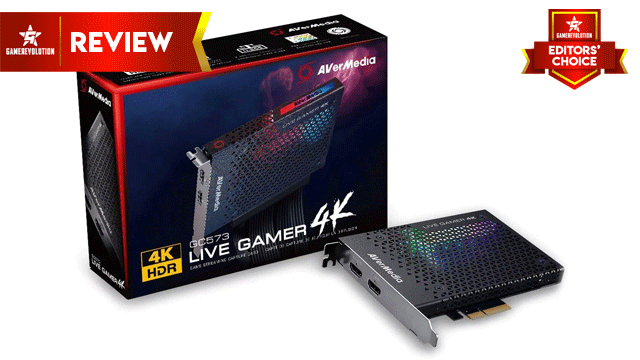The Avermedia Live Gamer 4K aims to be the ultimate capture solution for gamers. If you’re an enthusiast who wants to record the latest games at 4K 60 FPS with HDR enabled, while supporting full pass-through to a TV or monitor, then this is likely the perfect product for you. After spending one month with the Live Gamer 4K, using it to both capture…

Atlas is an action-rpg with rogue-like elements where you use your ability to control the ground to fight the enemies and move through procedurally generated worlds.










